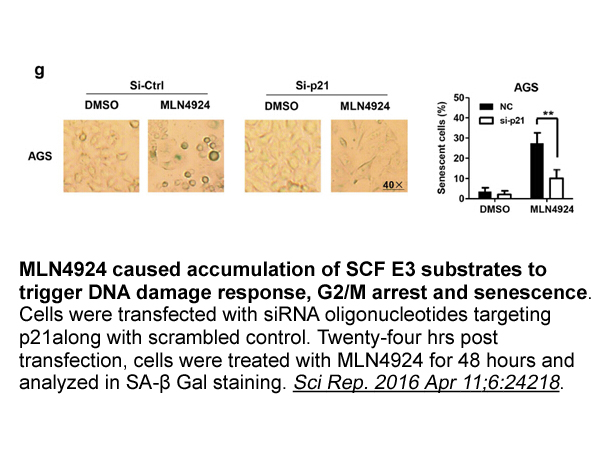Archives
br Conflict of interest br
Conflict of interest
Authors’ contributions
Acknowledgements
Introduction
Aromatase-Inhibitors (AIs) are commonly used in the treatment of post-menopausal women with a history of hormone receptor-positive breast carcinoma, and have been shown to decrease bone mineral density (BMD) and increase the risk of bone fragility fractures [1].
The National Comprehensive Cancer Network Task Force (NCCN) currently recommends screening of fracture risk in all patients initiating AIs by obtaining clinical history, dual-energy X-ray absorptiometry (DXA) scans and with the use of the fracture risk assessment tool (FRAX®) calculator. If T-score is less than or equal to −2.0 at any site or if the FRAX® 10-year absolute risk of fracture is greater than 20% for any major fracture or greater than 3% for hip fracture, bone modifying-agents (BMAs) such as bisphosphonates or denosumab, are recommended. For women with increased risk of fractures initiating AI therapy, BMAs such as bisphosphonates or denosumab can be recommended, both which have been shown to decrease the risk of bone fracture in the setting of AI therapy [2,3]. The current gold standard screening tool for the diagnosis of bcl-2 family in the absence of fragility fractures is DXA.
Many patients without osteoporotic BMD suffer fragility fractures. It is important to highlight that the majority of fractures actually occur in patients with a T-score above the osteoporotic range [4], making the osteoporosis threshold (BMD T score <2.5) inadequate to identify all patients at risk. Furthermore, BMD does not evaluate the degree of bone microarchitectural deterioration, which may represents an independent factor contributing to increased bone fragility [5].
The trabecular bone score (TBS) is an innovative gray-level texture measurement that utilizes lumbar spine DXA images to discriminate changes in bone microarchitecture [6]. Specifically, TBS measures tridimensional bone areas with different trabecular and microstructural characteristics. TBS has been shown to be an independent indicator of increased fracture risk [7]. Furthermore, the combination of TBS microstructure evaluation with BMD measured by DXA has been shown to be superior to either measurement alone in th e assessment of fracture risk [8].
e assessment of fracture risk [8].
Materials and methods
Results
Discussion
The most extensively validated tool is the FRAX®, a computer-based algorithm that calculates risk of fracture based on BMD and clinical factors [11]. In the setting of AI therapy, FRAX® facilitates the decision of whether to administer BMAs in women with borderline BMD (osteopenia). A major advantage of FRAX® is that polar covalent bond utilizes readily-available clinical information. FRAX®, however does not specifically assess the risk of fracture in women with breast cancer treated with AIs and may underestimate their effects on bone [12].
Furthermore, methodologies that assess bone quality and predict fracture risk have emerged. A large body of evidence validates the utility of TBS in predicting fragility fracture [13,14]. In the largest longitudinal series, the Manitoba study, TBS and BMD were evaluated in 29,407 women (>50 years of age) and followed for fragility fractures. With a median follow up of 4.7 years, TBS emerged as a highly significant predictor of fracture. Women with osteopenia and low TBS values exhibited fracture rates on par with that of women with osteoporosis, suggesting that TBS may also help facilitate the decision to treat with a BMA [7]. Such findings were corroborated in an international meta-analysis of 14 studies (excluding the Manitoba cohort) — together incorporating 17,809 men and women (59% women) ranging in age from 40 to 90 years (mean age 72). The gradient of risk per standard deviation decrease of TBS for hip fracture or other major osteoporotic fracture (clinical spine, distal forearm or proximal humerus fracture) ranged from 1.31 to 1.54 depending on age and fracture outcome with no difference between men and women. Such level of risk remained significant even after adjustment for both spine BMD and clinical risk factors [8].